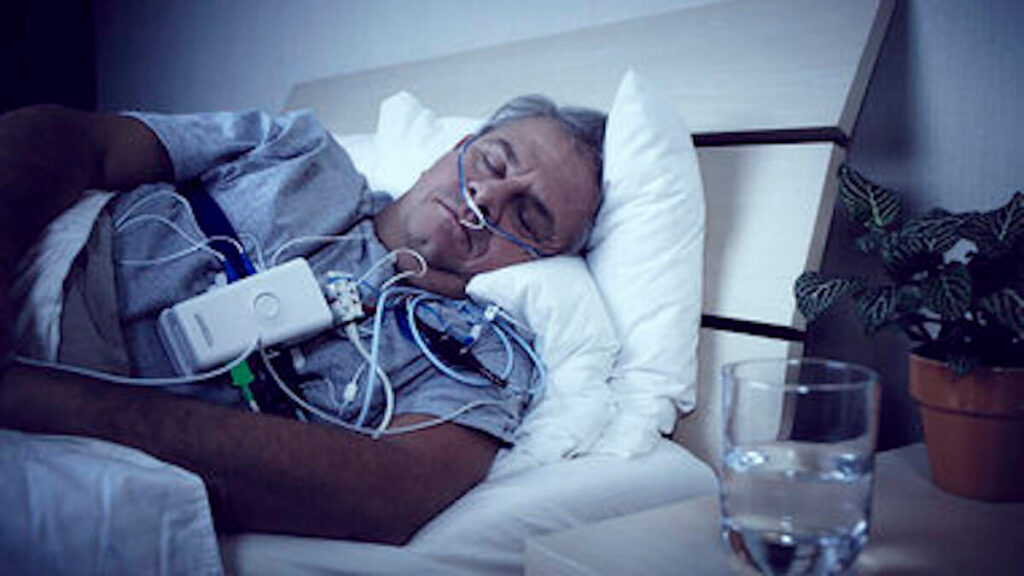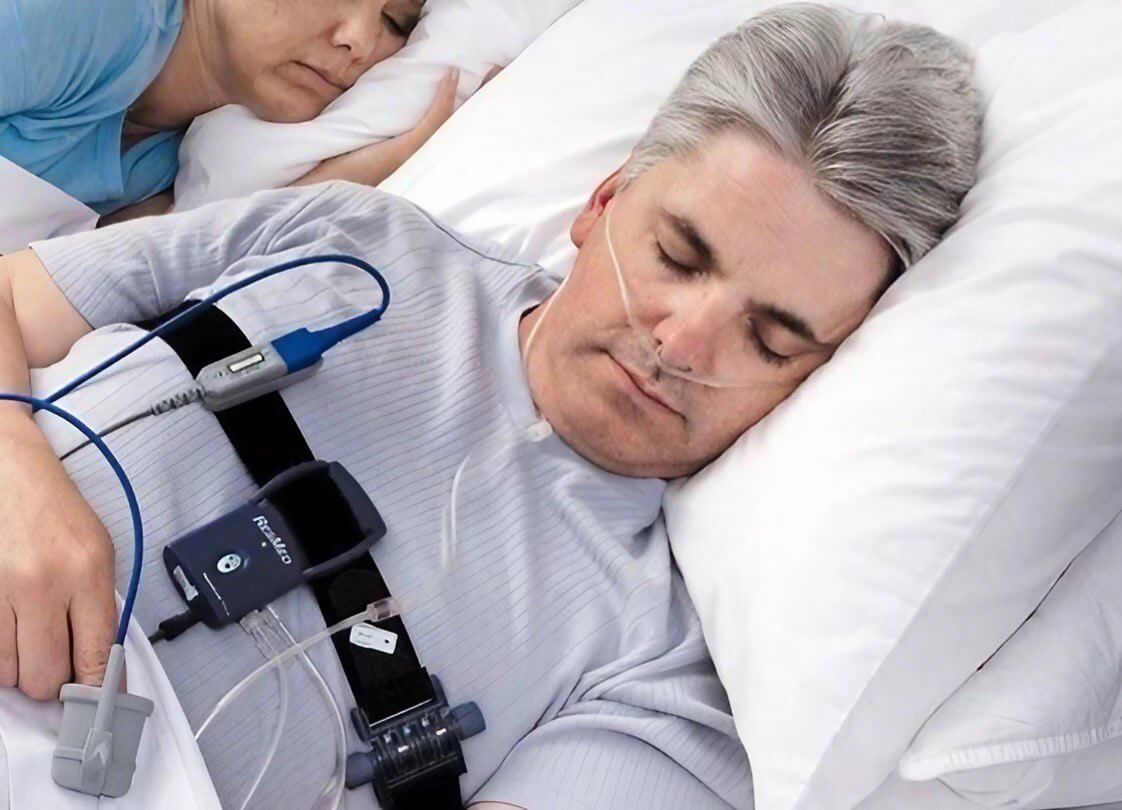CPAP vs APAP vs BiPAP: Choosing the Best Sleep Apnea Solution
When it comes to managing sleep apnea, CPAP (Continuous Positive Airway Pressure), APAP (Auto-Adjusting Positive Airway Pressure), and BiPAP (Bilevel Positive Airway Pressure) machines are some of the most common treatment options. Each of these devices serves a specific purpose in improving sleep quality and helping people with sleep apnea breathe more easily at night. But how do you know which one is right for you?
In this article, we’ll explore the differences between CPAP, APAP, and BiPAP machines, how they work, and what to consider when choosing the best solution for your sleep apnea treatment.
Introduction
A CPAP machine is a device designed to treat sleep apnea, a condition that causes breathing interruptions during sleep. It works by delivering a constant flow of air through a mask to keep the airway open. CPAP machines are commonly prescribed for people with obstructive sleep apnea (OSA), the most common form of sleep apnea. However, depending on the severity of your condition and your personal needs, other devices like APAP and BiPAP may be recommended.
Each type of machine has its own benefits and considerations. Understanding the differences between them can help you choose the best treatment for your sleep apnea.
What is Sleep Apnea and How CPAP Machines Help
Sleep apnea is a condition where the upper airway becomes blocked or collapses during sleep, causing breathing pauses. These pauses can last from a few seconds to minutes and can occur multiple times throughout the night. There are three types of sleep apnea:
- Obstructive Sleep Apnea (OSA): The most common type, caused by a physical blockage of the airway, usually when the muscles in the throat relax excessively during sleep.
- Central Sleep Apnea: Occurs when the brain fails to send the correct signals to the muscles responsible for breathing.
- Complex Sleep Apnea: A combination of both obstructive and central sleep apnea.
CPAP machines are primarily used to treat OSA by maintaining a steady airflow that prevents the airway from collapsing. This helps ensure that the individual experiences fewer breathing interruptions, leading to more restful sleep and a reduction in the risks associated with untreated sleep apnea, such as heart disease, high blood pressure, and stroke.
See more: Sleep Testing in Brisbane: What to Expect and How to Prepare for Your Study
Types of CPAP Machines
There are three main types of machines used to treat sleep apnea:
1. CPAP (Continuous Positive Airway Pressure)
- How It Works: CPAP machines deliver a constant, fixed pressure of air throughout the night to keep the airway open.
- Best For: People with mild to moderate obstructive sleep apnea who need consistent air pressure for effective treatment.
- Benefits: Simple to use and cost-effective.
- Limitations: Some users may find it difficult to exhale against the constant pressure, leading to discomfort.
2. APAP (Auto-Adjusting Positive Airway Pressure)
- How It Works: APAP machines automatically adjust the air pressure throughout the night based on the user’s breathing patterns. This means the machine can increase the pressure when it detects an airway obstruction and decrease it when it’s not needed.
- Best For: People with moderate to severe obstructive sleep apnea, or those who experience pressure changes during the night due to sleeping positions or varying breathing patterns.
- Benefits: Offers personalized treatment by adjusting pressure in real-time for comfort and effectiveness.
- Limitations: More expensive than standard CPAP machines, and some users may not fully benefit from the machine’s automatic adjustments.
3. BiPAP (Bilevel Positive Airway Pressure)
- How It Works: BiPAP machines provide two different levels of pressure: a higher pressure for inhalation and a lower pressure for exhalation. This makes it easier for users to breathe out against the air pressure.
- Best For: People with severe obstructive sleep apnea, central sleep apnea, or those who have difficulty tolerating CPAP or APAP machines.
- Benefits: The dual-pressure system makes breathing more comfortable, especially for people who struggle to exhale against the air pressure.
- Limitations: BiPAP machines are generally more expensive and may require a prescription from a healthcare provider.
How to Choose the Right CPAP Machine
Choosing the right CPAP machine depends on several factors, including your sleep apnea severity, comfort preferences, and budget. Here are a few things to consider when making your choice:
- Comfort: Comfort is key to ensuring compliance with CPAP therapy. You’ll want to choose a machine that suits your breathing needs and offers a comfortable fit with your mask.
- Noise Level: If you’re sensitive to noise, look for a quieter model. Most modern CPAP machines are designed to be relatively quiet, but the BiPAP models may generate more sound due to their dual pressure system.
- Portability: If you travel frequently, a portable, lightweight CPAP or APAP machine may be ideal. Some machines are compact and designed specifically for travel.
- Price: CPAP machines are typically the most affordable option, while APAP and BiPAP machines tend to be pricier. Check with your insurance provider to see if they cover these machines and which options are covered under your plan.
CPAP Machine Setup and Usage
Setting up your CPAP machine is generally a straightforward process. Here are the basic steps:
- Assemble the Equipment: Attach the mask to the tubing and connect the tubing to the CPAP machine. If your device has a humidifier, fill it with distilled water.
- Adjust the Settings: Your healthcare provider will give you a prescribed air pressure setting for CPAP. For APAP, the machine will adjust automatically, and for BiPAP, the pressure settings will be adjusted for both inhalation and exhalation.
- Fit the Mask: Make sure the mask fits comfortably and securely. There are different mask types, including nasal, full-face, and nasal pillow masks. Choose the one that feels most comfortable for you.
- Turn on the Machine: Once everything is set up, turn on your machine and make sure the airflow is steady and comfortable.
Troubleshooting Tips:

- If the mask feels uncomfortable or is leaking air, adjust the straps or try a different mask style.
- If you experience dry mouth, use a heated humidifier or consider using a chin strap if you’re a mouth breather.
CPAP Machine Accessories and Maintenance
Regular maintenance and proper use of CPAP accessories are crucial to ensure your device works effectively. Here’s how to care for your CPAP machine:
- Masks: Clean your mask daily with warm water and mild soap to remove oils and prevent buildup. Replace your mask every 6 to 12 months.
- Tubing: Clean your tubing weekly to remove moisture and dust. Replace it every 6 to 12 months to prevent mold buildup.
- Filters: Change the air filter regularly to keep the air flowing through the machine clean. Most filters should be replaced monthly.
- Humidifiers: Clean the humidifier chamber regularly to avoid bacteria growth. Use distilled water to prevent mineral buildup.
Benefits of Using a CPAP Machine
CPAP therapy has several long-term health benefits, including:
- Improved Sleep: CPAP machines help reduce apnea episodes, leading to better sleep quality and reduced daytime fatigue.
- Heart Health: By managing sleep apnea, CPAP therapy reduces the risk of heart disease, high blood pressure, and stroke.
- Better Cognitive Function: Improved sleep quality results in better memory, focus, and overall mental clarity.
- Reduced Risk of Diabetes: CPAP therapy has been shown to help control blood sugar levels and reduce the risk of type 2 diabetes.
Common CPAP Machine Problems and How to Solve Them
Some common CPAP-related issues include:
- Air Leaks: Make sure the mask fits well, and adjust the straps for a better seal.
- Dry Mouth: Use a heated humidifier or switch to a full-face mask if you breathe through your mouth.
- Discomfort: Try using a different mask style or adjusting the pressure settings to improve comfort.
Cost of CPAP Machines and Insurance Coverage
CPAP machine costs can range from $200 to $1,500 depending on the model and features. Auto-CPAP and BiPAP machines tend to be more expensive than standard CPAP machines. Insurance typically covers CPAP therapy if it’s medically necessary. Be sure to check with your provider for coverage details and out-of-pocket costs.
Conclusion
Choosing the right CPAP machine is essential to treating your sleep apnea effectively and improving your overall health. Whether you opt for a standard CPAP, Auto-CPAP, or BiPAP machine, the most important thing is consistent use. By maintaining your device, addressing common issues, and consulting your healthcare provider, you can significantly improve your sleep and reduce the health risks associated with sleep apnea.



